You don’t need to spend your weekends elbow-deep in the dirt to have a vibrant, productive garden. You can grow a lush, thriving garden that practically takes care of itself, with just a fraction of the time and effort that most people expect.
The key to low-maintenance gardening is to work with nature, not against it.
What’s Working for Gardeners
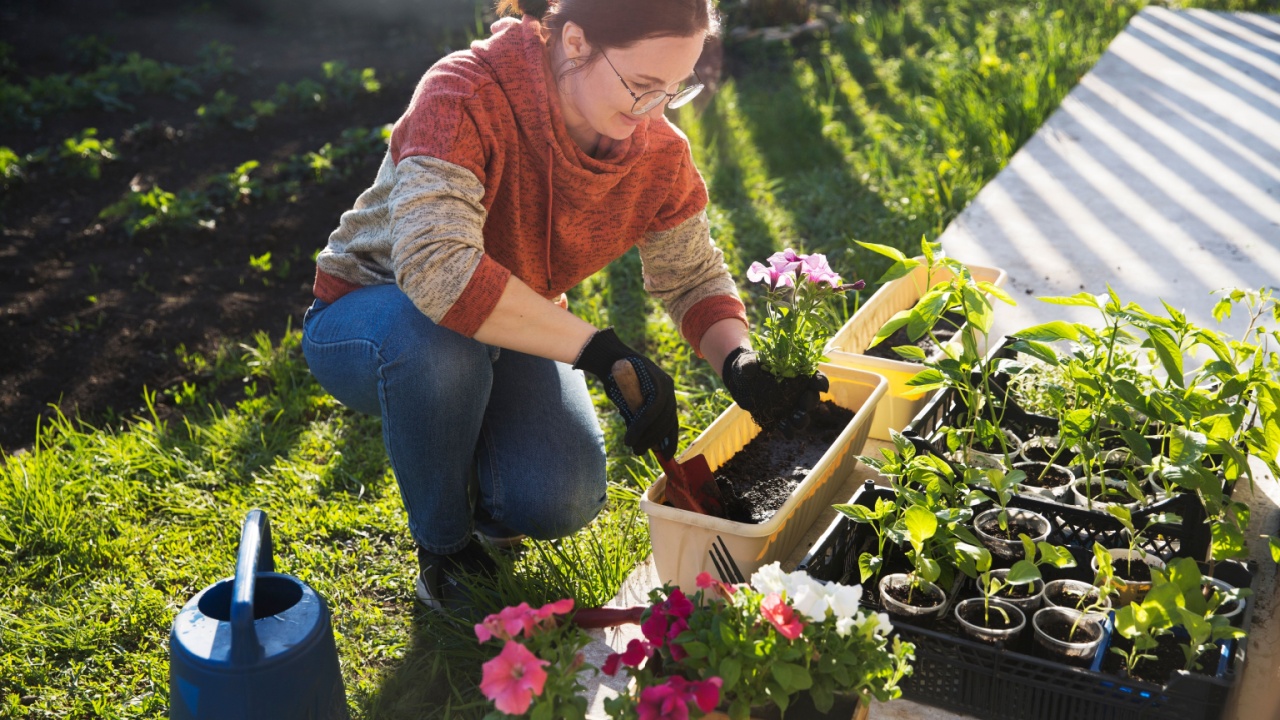
Image Credit: Shutterstock.
As a certified Master Gardener with the State of Colorado and a PhD in Agricultural Engineering, I’ve compiled the following guide to low-maintenance gardening using research-backed information from experts from universities around the United States and the Missouri Botanical Garden.
We’re kicking perfection to the curb and digging into what works for real-life gardeners with busy lives.
Part 1: Planning Your Garden for Low-Effort Success

Image Credit: Shutterstock.
Before you grab a shovel or seed packet, take some time to think about where your garden will live and how it’ll fit into your daily life. A little bit of planning at the beginning goes a long way towards achieving that low-maintenance mindset.
The following sections dig into the best hacks for low-effort success in your garden, from picking the right location to choosing the right plants.
Pick the Right Location
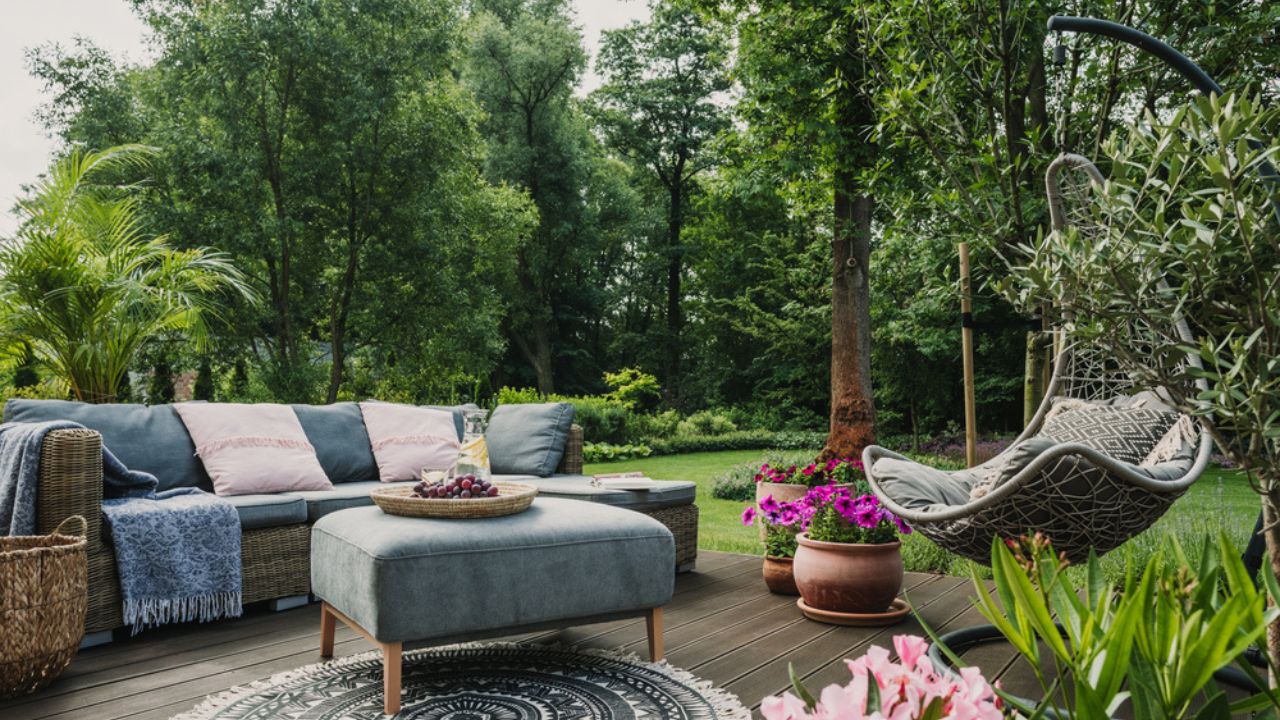
Image Credit: Deposit Photos.
It’s true what they say – out of sight, out of mind. The best garden is one that you see every day. Place your garden where it will be hard to ignore, like outside your kitchen door or next to the driveway. Soon you’ll find yourself wandering the garden for a quick 2-minute scan while you drink your morning coffee, pulling up that pesky weed that popped up overnight.
Ultimately, short daily interactions with your garden reduce the amount of weekend maintenance. Long Saturdays spent weeding in the hot sun will be a thing of the past!
Raise Your Beds Off the Ground
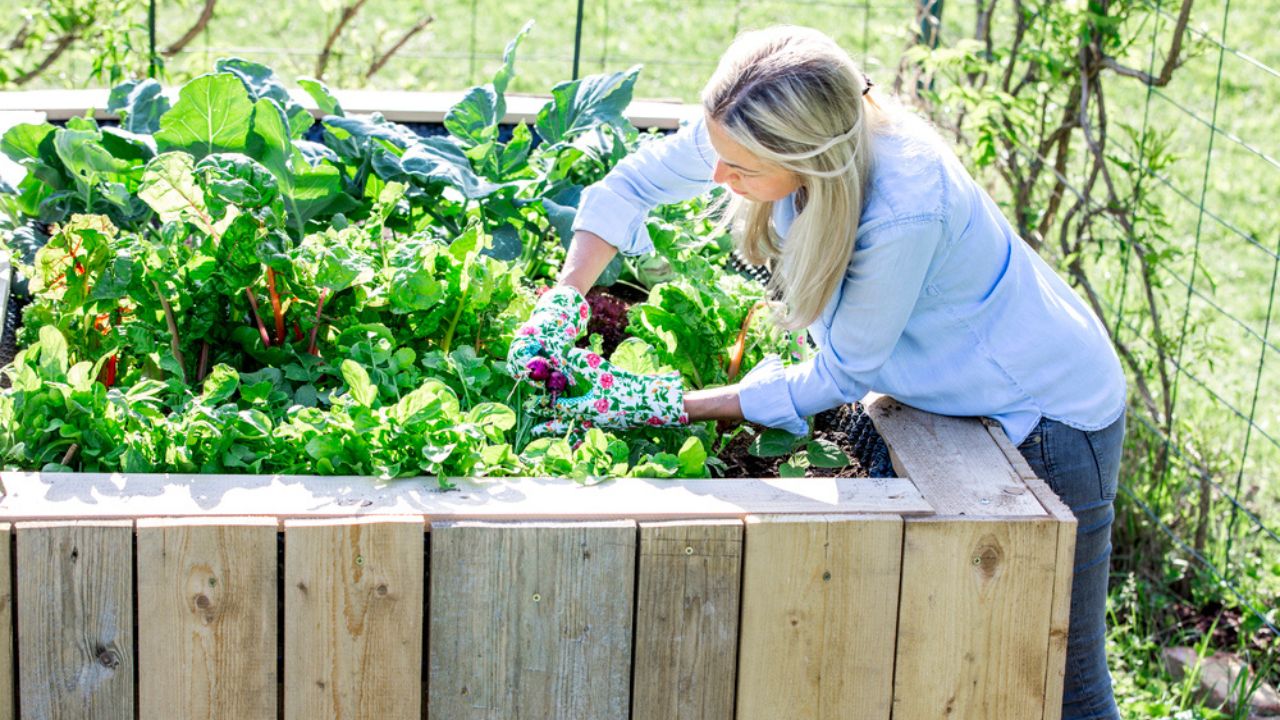
Image Credit: Deposit Photos.
Raised beds are a great way to reduce your garden maintenance. The University of New Hampshire says raised beds offer better moisture control and mitigate weeds when compared to traditional in-ground planting. They’re also a great option for people with mobility issues, due to their raised height off the ground. There are a variety of raised bed heights you can choose from to suit your individual needs.
Want your raised beds to last for years? Beds made from metal or rot-resistant hardwoods like cedar, redwood, or oak will hold up against the elements for years to come.
Choose the Right Plants
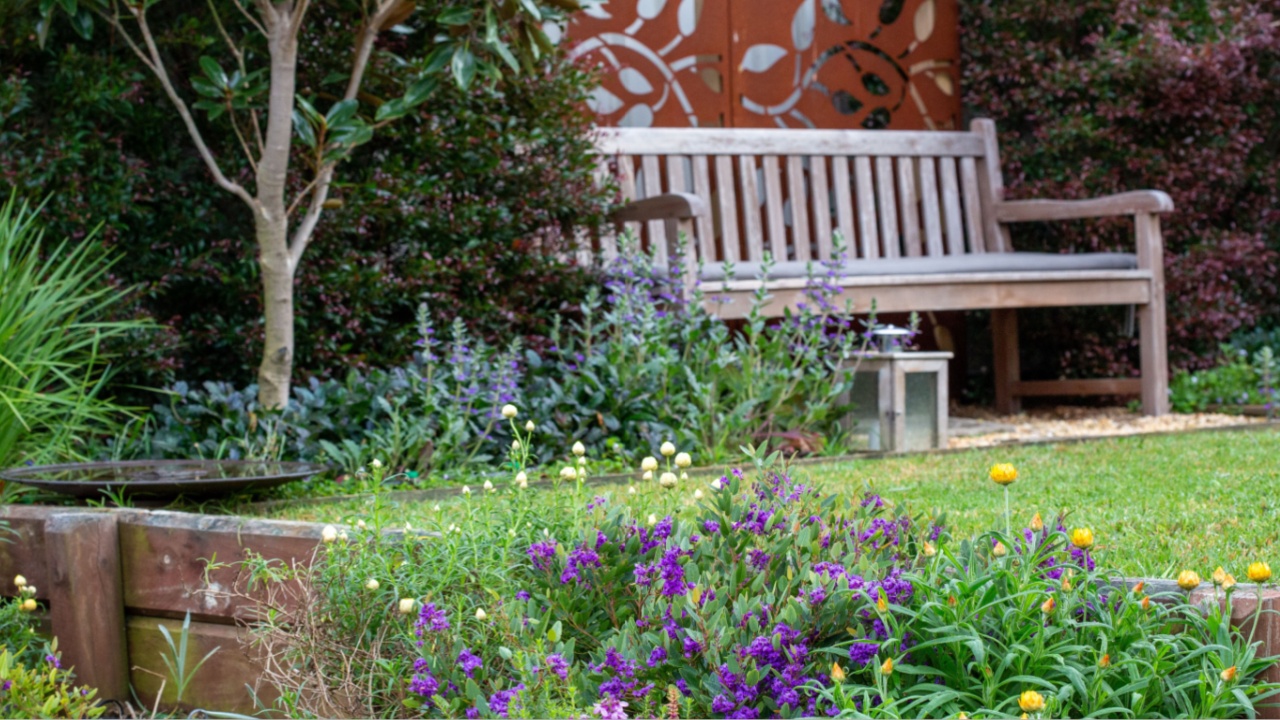
Image Credit: Shutterstock.
Let your plants do the heavy lifting. Selecting species that thrive in your environment will go a long way toward reducing maintenance in your garden. Native plants are a great option because they are already suited to thrive in your local climate, practically taking care of themselves. Experts from the University of Pennsylvania say that once established, native plants don’t require annoying maintenance like deadheading, pruning, or fertilizing. That means more time for relaxing and enjoying your beautiful garden!
Want to avoid re-planting year after year? Perennials come back every year on their own. They will build strong root systems over time, which makes them more resilient to weather swings and neglect. The Missouri Botanical Garden offers a great guide to low-maintenance perennials, such as ornamental alliums or coneflower, if you’re looking for a place to get started. Make sure to check plant compatibility with your USDA zone before getting started.
Part 2: Tools and Resources to Simplify Everything
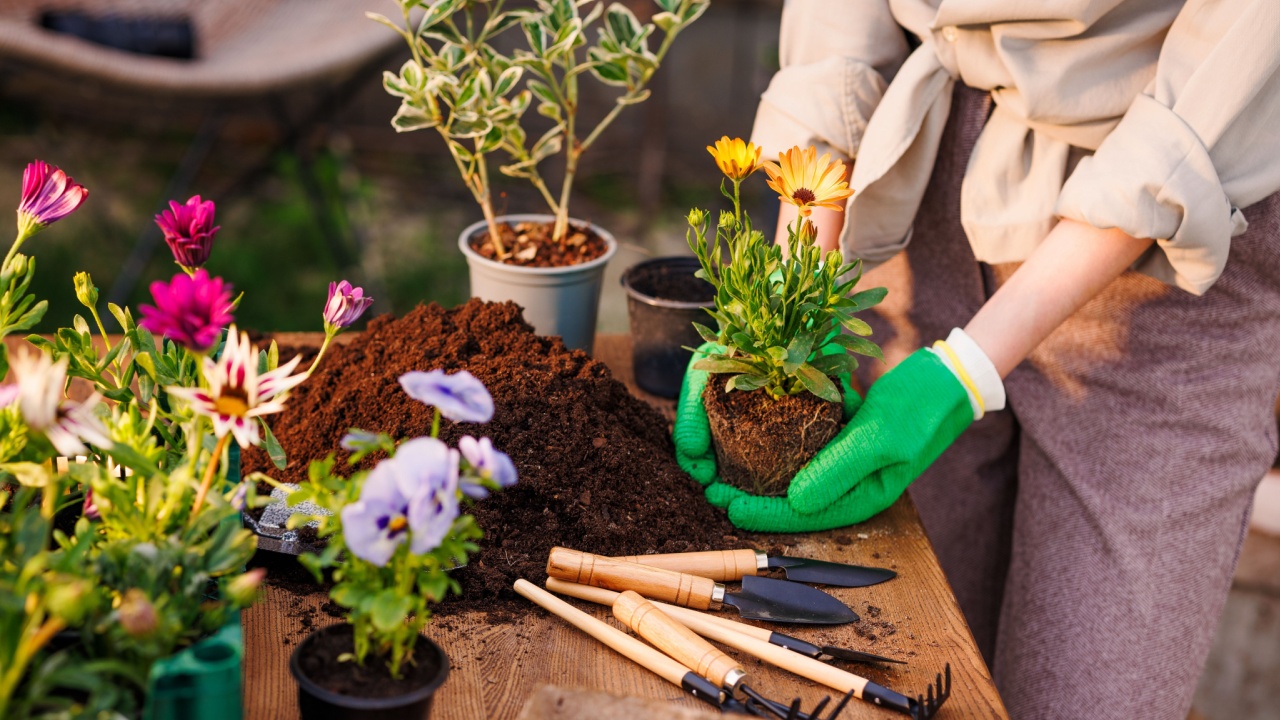
Image Credit: Shutterstock.
A thriving, low-maintenance garden isn’t just about the plants. The tools that you use every day can also reduce your workload and make everything easier.
Investing in the right gear upfront (or finding smart, budget-friendly workarounds) can make the difference between a chore and joy. Shopping second-hand at yard sales or on Facebook Marketplace is a great way to score gardening gear at a discounted price.
Automate Watering
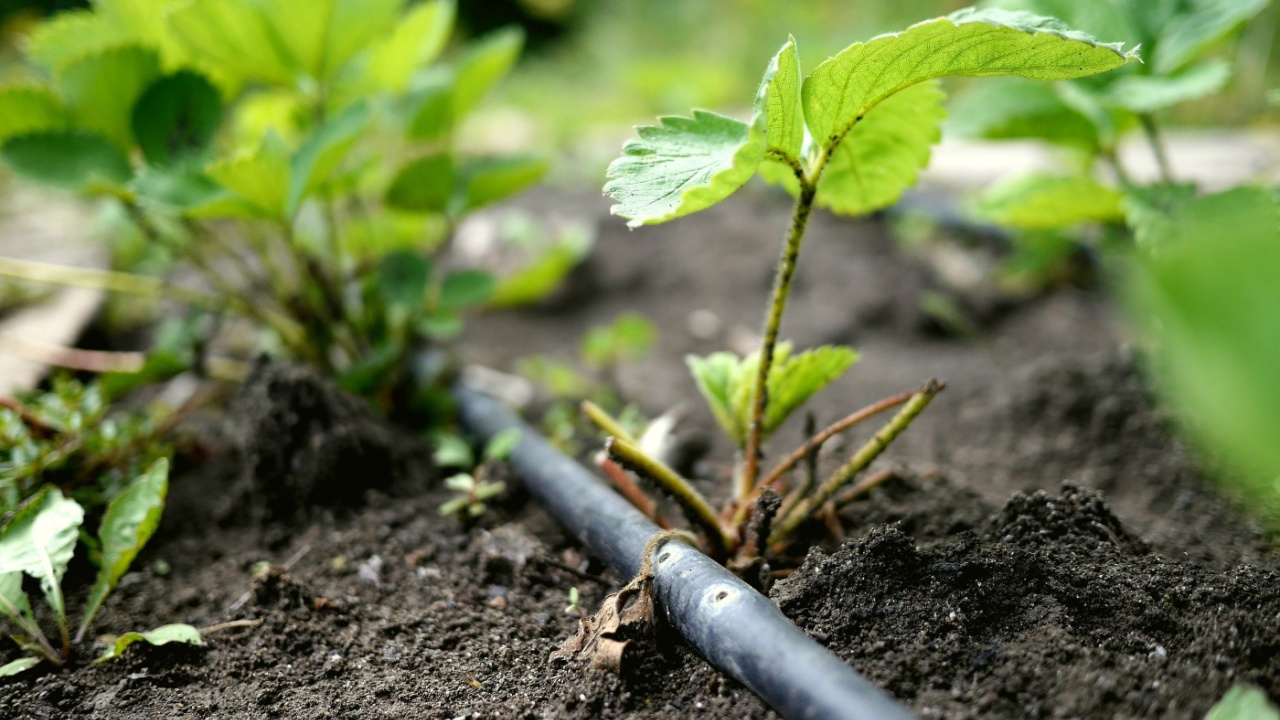
Image Credit: Shutterstock.
Watering by hand is fine for a container or two, but if you’re growing more than just a few plants, it gets old fast. An automated, drip irrigation system is your low-maintenance lifesaver. These systems slowly deliver water right to the base of each plant, minimizing evaporation and keeping leaves dry (which helps prevent diseases). Soaker hoses are a great option, too, if you are looking for an alternative to a more complicated drip set-up.
An important part of this setup is a timer to make it more hands-off. The University of Georgia shares a variety of programmable smart timers that allow you to set it and forget it for a range of budgets.
Install Weed Suppression Systems
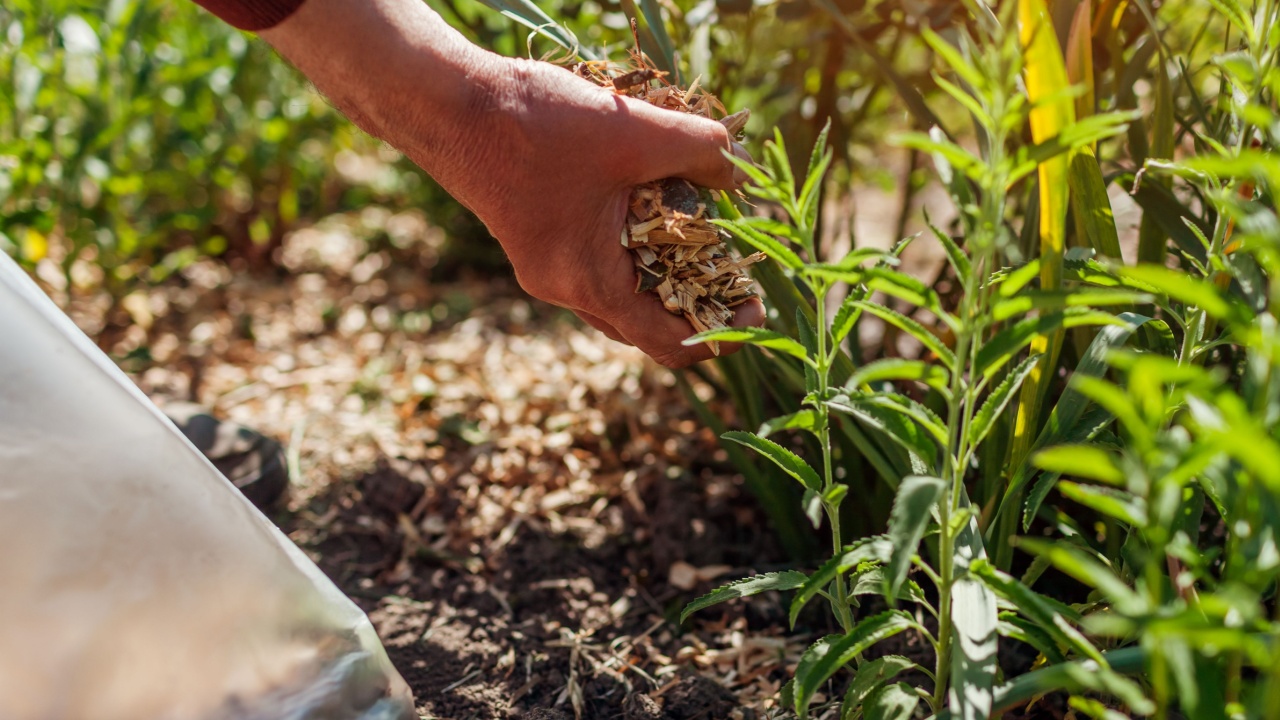
Image Credit: Shutterstock.
If you hate weeding (who doesn’t?), your best defense is a deep layer of mulch. Spread 3 to 4 inches of shredded leaves, grass, straw, or wood chips around your plants to smother weeds, retain moisture, and regulate soil temperature.
According to Aaron Steil at Iowa State University, mulching around your plants also has a number of additional benefits, such as reducing the severity of diseases on your plants (like tomato blight) and reducing soil moisture.
Ask Extension

Image Credit: Shutterstock.
Hit a roadblock on the journey to low-maintenance gardening?
Reach out to Ask Extension, your free resource that offers one-to-one expert answers from Cooperative Extension or University staff and volunteers in your state. They’ll answer any questions that you have, from how to set up your automatic watering system to the best native plants for your area. You can also search past questions to see if questions similar to yours have already been answered.
Your Lazy Garden Blueprint
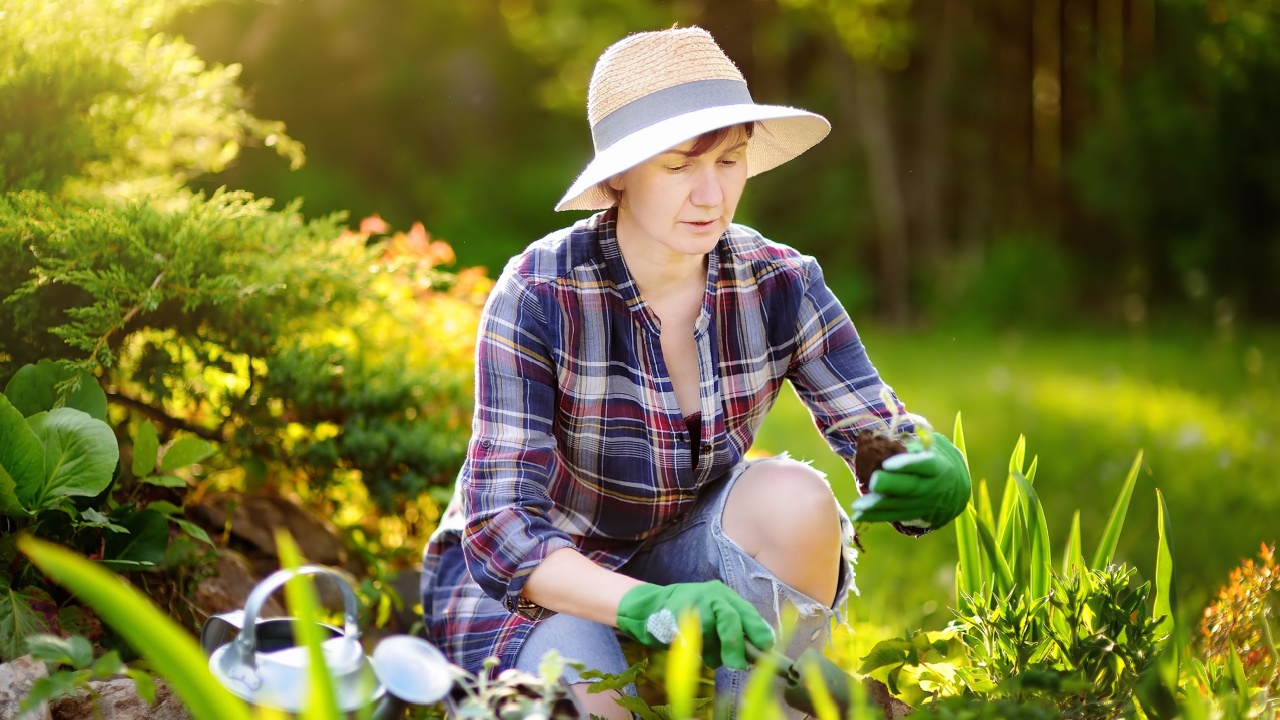
Image Credit: Shutterstock.
You don’t need to be a master gardener to grow something incredible. With these tips, your garden can thrive on autopilot, allowing you to go about your busy days without worrying too much about what needs to be weeded or watered.
Ultimately, though, grow what works for your life. Pick plants that you’ll enjoy tending to, leverage tools that minimize your workload, and then let nature handle the rest. It’s not about being lazy – it’s about being efficient, intentional, and getting the most joy for the least effort.


